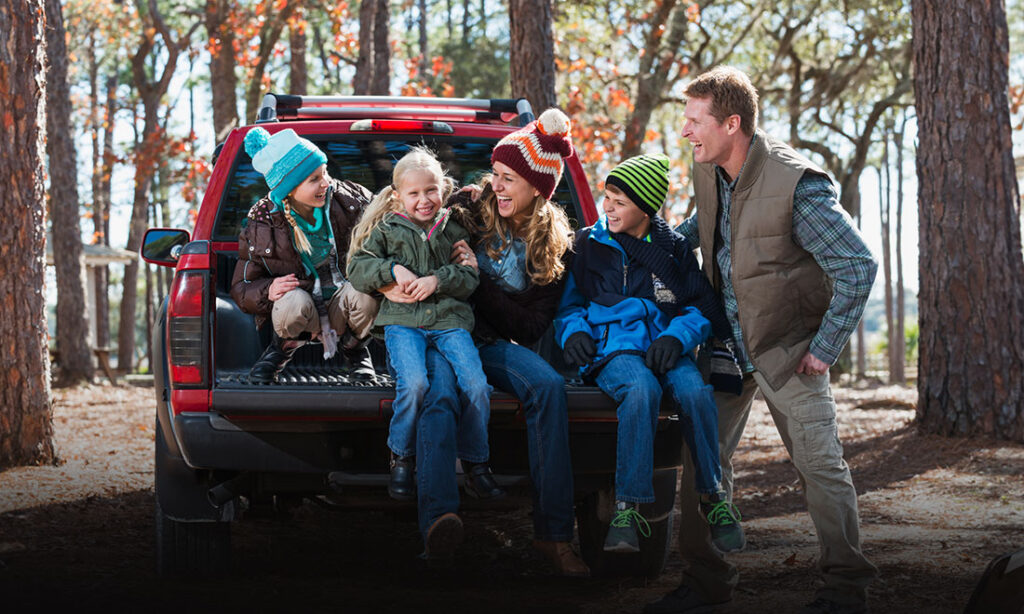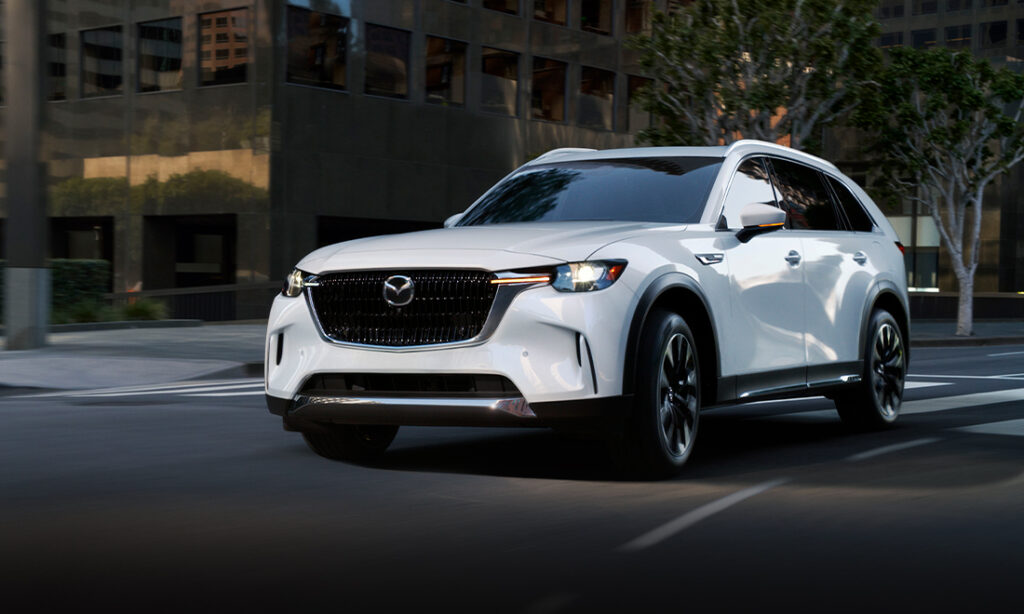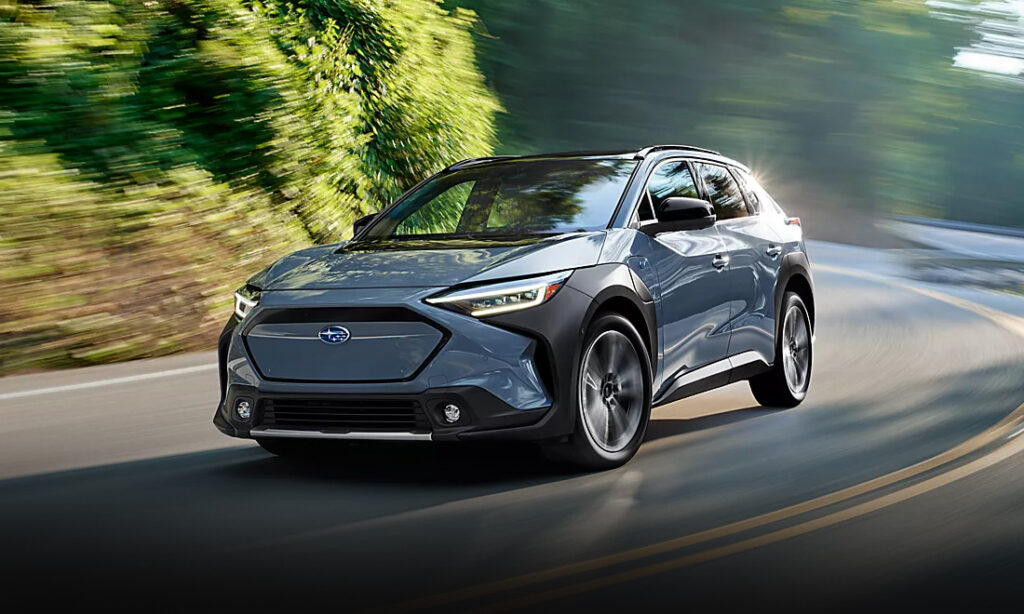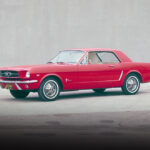The Best “Four on the Floor” Manual Cars
In a world of Dynaflow two-speeds and Powerglide automatics, four-on-the-floor four-speed transmissions stood out as emblems of performance.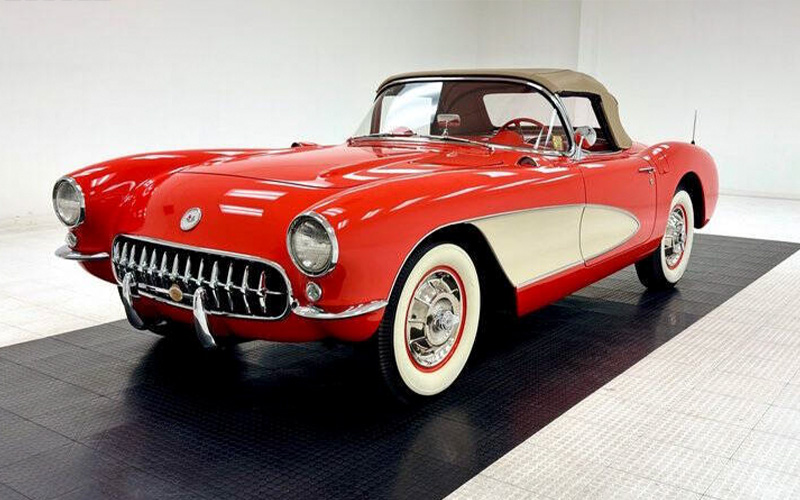
Four is the Magic Number
Alliteration holds as special a place in marketing as it does in poetry. Being coo-coo for Cocoa Puffs or an easy, breezy, beautiful Cover Girl sounds alluring indeed once you’ve added a bit of alliteration to the pitch. The idea of a three-speed manual column shifter might sound odd or awkward until you call it a “three on the tree.” Then it magically becomes highly desirable. A four-speed manual, however, didn’t need a strong sales pitch to appeal to enthusiasts looking for an additional gear to row through. For classic muscle and sports cars of the 1950s and ‘60s, a “four on the floor” denoted true performance as much as displacement numbers, horsepower, or quarter mile times.
Chevrolet Corvette
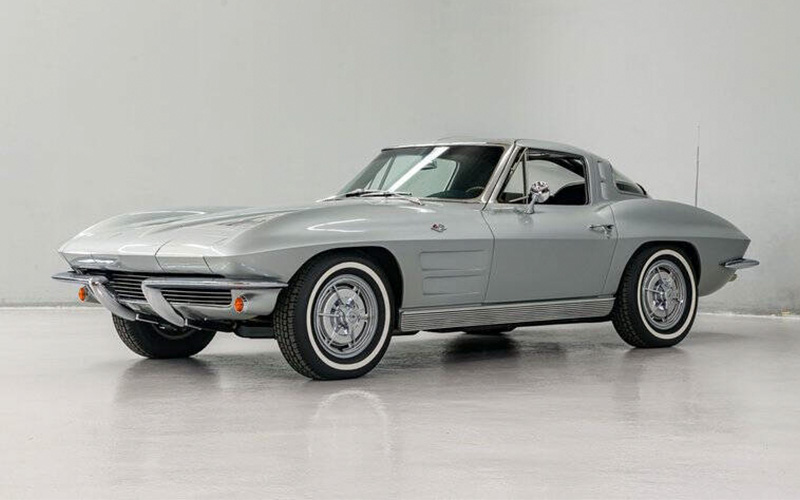
It’s impossible to talk about “four on the floor” transmissions without the Borg-Warner T-10 as the main character. The T-10 was developed by Borg-Warner of Muncie, Indiana in partnership with GM for a new transmission for the Corvette to pair with a new, larger 283 V8. The T-10 not only saw widespread application across GM’s lineup for more than a decade thereafter, but it also saw duty in a good many Ford and Chrysler vehicles.
The Corvette, for its part, continued to offer four-speed transmissions into its third generation. Indeed, the C3’s transmission offerings tell the larger tale of a shift for the Vette from sports car to grand tourer. For the 1963 C2 Corvette GM developed the Muncie M20 and M21 four-speed transmissions (wide ratio and close ratio respectively) as a more robust replacement for the T-10. The Muncie transmissions were utilized with GM’s biggest and most powerful motors of the era, including their 427 and 454 V8s. The racing-focused L88 Vette paired its 427 big-block V8 with the now legendary M22 Muncie “Rock Crusher” four-speed transmission whose straight cut gears gave it a distinctive sound that lent its name.
Buick Wildcat
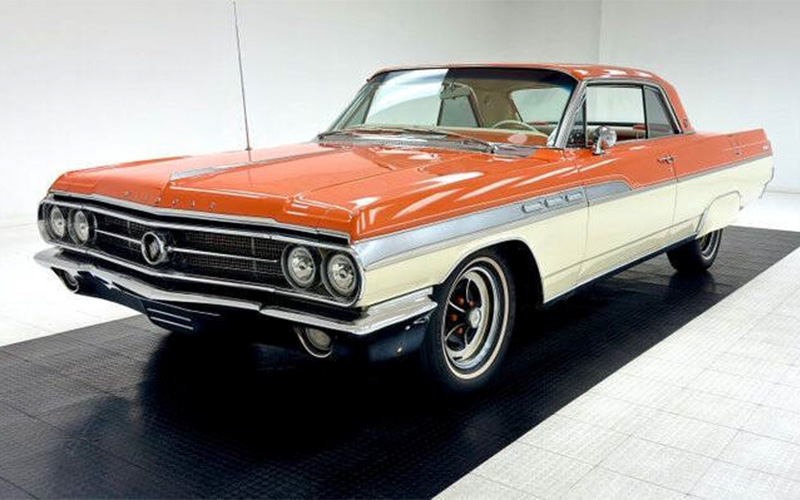
The Buick Wildcat began as a performance offshoot of the Invicta in 1963. That initial model year was the last to feature Buick’s long-running Dynaflow Turbine two-speed automatic. It also offered both a “three on the tree” column shifted three speed or a “four on the floor” four speed. They could both be paired with the Wildcat’s 401- and 425-cu.-in. engines. The four-speed continued to be offered as engine displacement grew in the second-generation Wildcat with the introduction of 430- and 455-cu.-in. V8s.
Oldsmobile 442
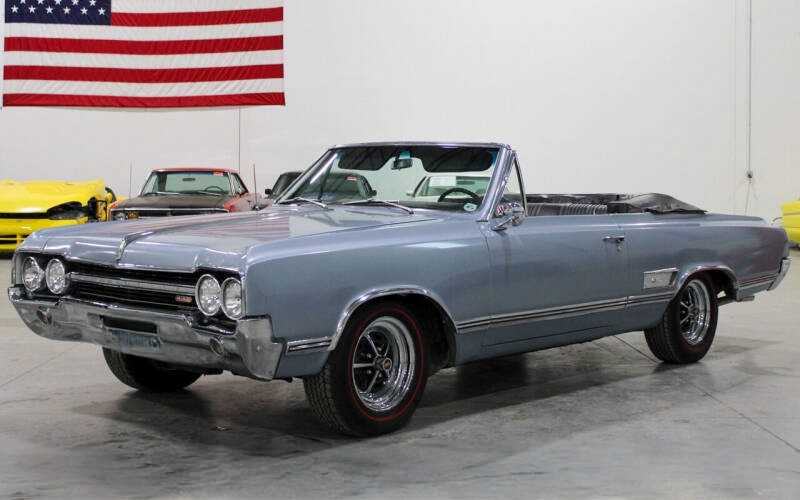
Many of the cars on this list are known for sporting four-speed transmissions, but none are as directly synonymous as the Oldsmobile 442. That’s because the 442, Oldsmobile’s 1960s muscle car, was named for its four-barrel carburetor, four-speed manual, and dual exhaust. The 442’s 330 four-barrel V8 came paired with the Muncie M20 four-speed. The 442 didn’t always strictly adhere to its naming convention, branching out with a “Tri-Carb 400” which featured three two-barrel carbs feeding a 400 cu.-in. V8. And yet, the four-speed continued to be a mainstay feature, even getting the Hurst shifter treatment starting with the 1966 model year.
Ford Mustang
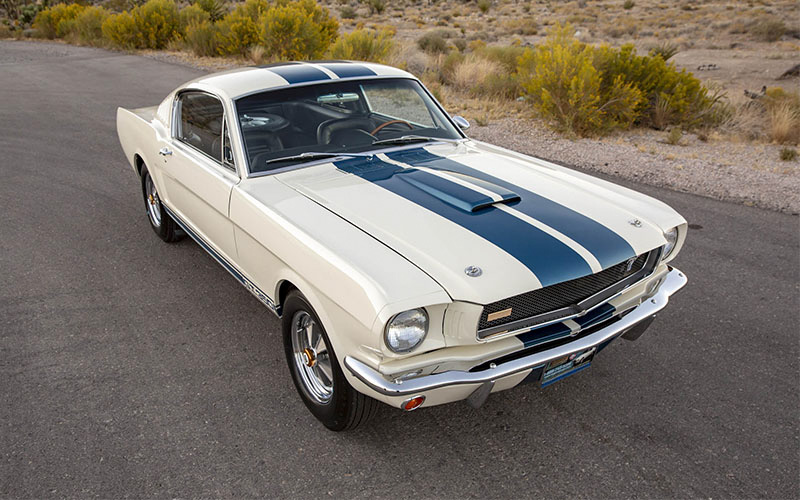
The Mustang was another muscle/pony car featuring a four-speed. Like many of the other cars on this list, it too utilized the Borg-Warner T-10 as a performance alternative to the C4 “Cruise-O-Matic” three-speed automatic transmission. Notably, the T-10 was used for both the 1965 Shelby GT350 and GT500 but with a unique aluminum housing. The Trans Am racing Boss 302 Mustang and legendary Boss 429 both ran Ford Toploader four-speed transmissions. Like the Muncie, the Toploader was developed by Ford as a more robust and durable transmission capable of handling the torque of larger, more powerful V8s that were coming to the fore in the late 1960s.
AMC Javelin
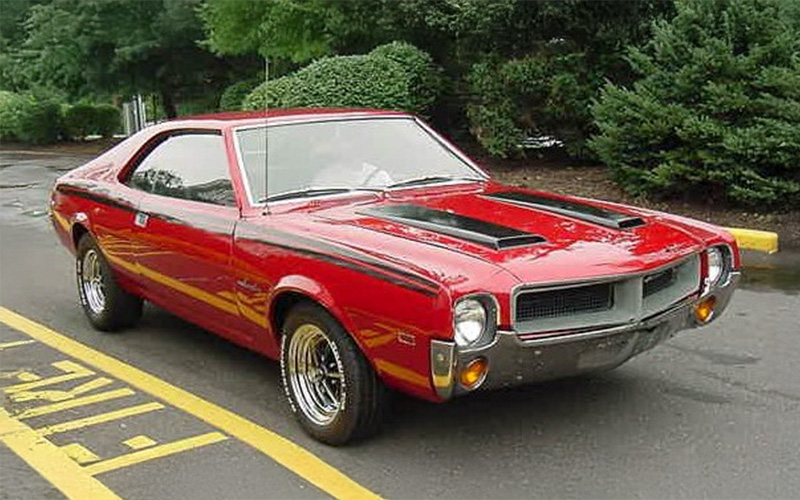
The four-speed was not solely the province of Detroit’s Big Three automakers, Kenosha, Wisconsin’s American Motors Corporation also used the Borg-Warner T-10 four-speed to complement their Rambler V8 motor. The four-speed manual was therefore fielded across AMC’s lineup from the Marlin to the Rebel to the Ambassador. Our favorite application was the 1968 AMC Javelin equipped with their “Go-Package” 390 cu.-in. V8 (315 horsepower) and four-speed manual.
Pontiac GTO
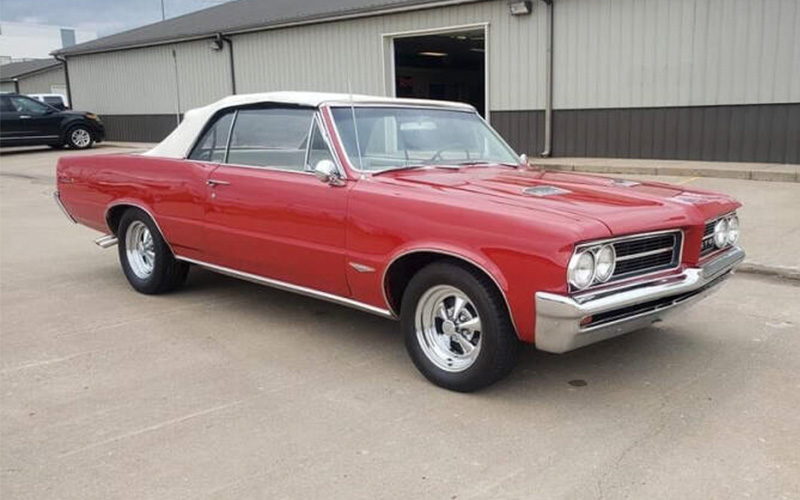
The progenitor of the muscle car, the Pontiac GTO, debuted with a three-speed manual for 1964 paired to its 389 V8. For 1965, four-speed transmissions, in either close or wide ratio variations, could be optioned. The four-speed remained an option for the GTO through its fourth generation where a wide-ration M20 could be had equipped with a Hurst shifter for an additional $207.
Chevrolet Camaro
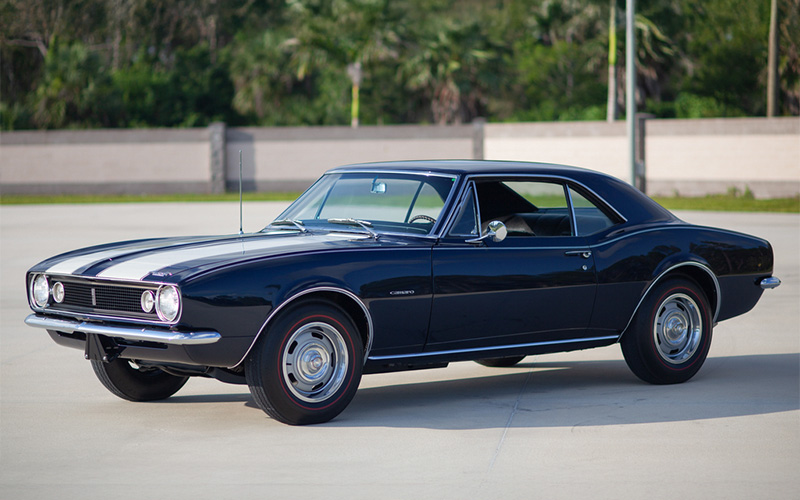
The Camaro was another recipient of the four-speed manual. The 1967 Z/28 Camaro paired it’s 302 V8 with a M21 Muncie four-speed Designed for SCCA Trans Am racing, the Z/28 was Chevy’s answer to the Mustang Boss 302 which it outclassed for the 1968 season, taking 10 of 13 races. When Don Yenko began using GM’s COPO system to special order Camaro’s with 427 big blocks the logical choice for a transmission was also M21 Muncie four-speed.
Dodge Charger & Challenger
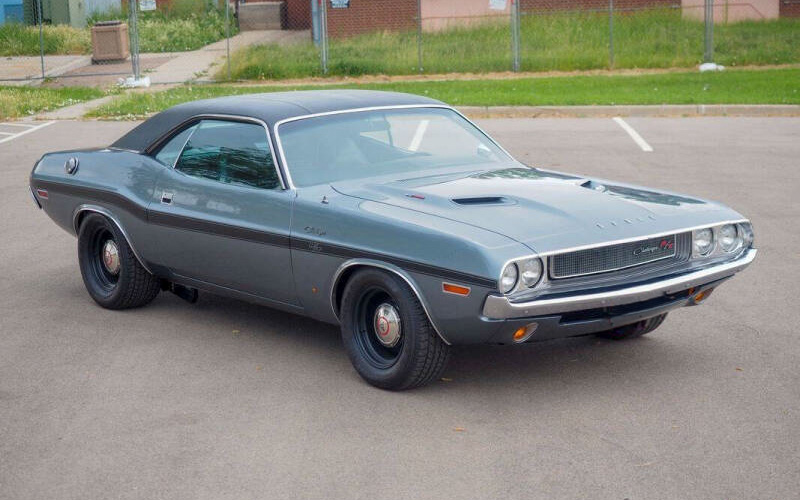
Like other Chrysler vehicles of the time, the Dodge Charger offered an upgraded four-speed, the A-833, to pair with its larger engine options like the 426 Max Wedge V8. The 1968 Charger featured a three-speed manual as its standard transmission with an automatic and the A-833 four-speed as options. The NASCAR phenom Daytona also paired the A-833 with the 426 V8 as an option over the standard 440 V8 and TorqueFlite automatic powertrain. When it debuted for 1970, the Challenger likewise offered the four-speed paired with the 440 and 426 motors as an upgrade over the standard three-speed manual.
Porsche 356 & 911
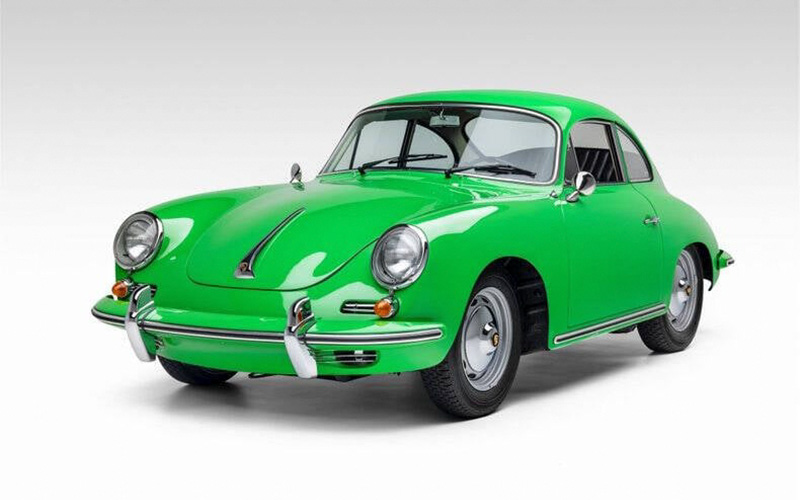
American muscle cars aren’t the only ones to feature “four on the floor” transmissions. The Porsche 356 and later 911 both ran floor-mounted four-speeds. The four-speed manual was the transmission for the 356 and an integral part of what made the car so engaging to drive. Six different versions were offered across the 356’s seven-year run starting with the single mount 519 and concluding with the dual mount 741. The Porsche 911, debuting in 1963, was a radical update to the aging 356, but it retained what worked: the air-cooled, rear-mounted boxer engine and a four-speed manual transmission. Indeed, the 901 and 930 generations, which ran for 25 years from 1963/64 through 1988, offered floor-mounted four- and five-speed transaxles.


